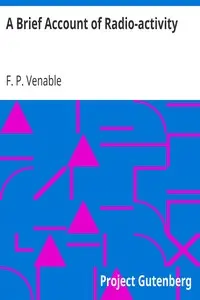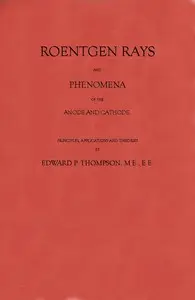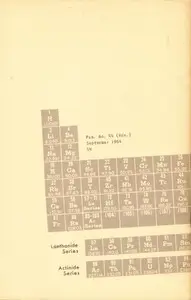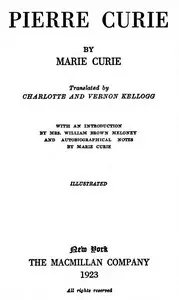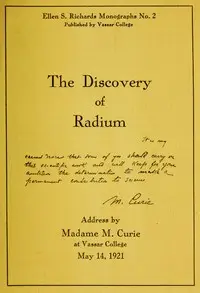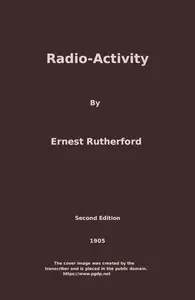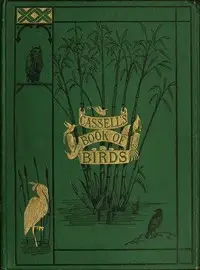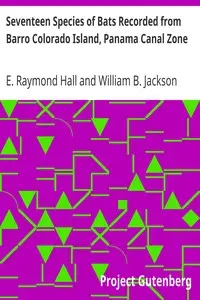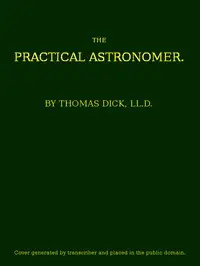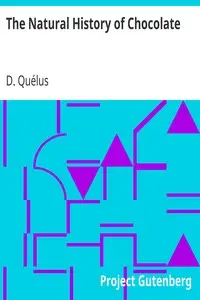"Radio-Active Substances" by Marie Curie is a scientific work from the early 1900s. This writing, presented to the science experts of Paris, shares a lot of research done on materials that are radio-active, like uranium and thorium, and also talks about radium, its discovery, and what it can do. It explains how scientists studied radioactivity, how these materials act, and the big impact they have on chemistry and physics. At the start, Curie explains what she wanted to find out through her research, which began with looking at how uranium glows and then went further into studying radio-active materials. Curie gives credit to her husband, Pierre Curie, for helping to extract new radio-active materials and study what they do. The beginning part tells the story of how radioactivity was discovered, pointing out the early work of Henry Becquerel, which made this study possible. Curie’s own involvement and thanks to those who helped and taught her show a thorough and well-organized study that aims to add to what we know about radioactivity and how it can be used.
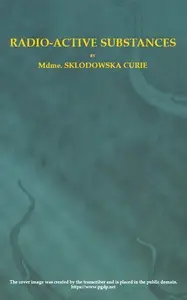
Radio-Active Substances
By Marie Curie
Uncover the secrets of invisible rays as a pioneering scientist explores the amazing properties of newly discovered elements that challenge the very foundations of physics.
Summary
About the AuthorMaria Salomea Skłodowska-Curie, known simply as Marie Curie, was a Polish and naturalised-French physicist and chemist who conducted pioneering research on radioactivity. She was the first woman to win a Nobel Prize, the first person to win a Nobel Prize twice, and the only person to win a Nobel Prize in two scientific fields. Her husband, Pierre Curie, was a co-winner of her first Nobel Prize, making them the first married couple to win the Nobel Prize and launching the Curie family legacy of five Nobel Prizes. She was, in 1906, the first woman to become a professor at the University of Paris.
Maria Salomea Skłodowska-Curie, known simply as Marie Curie, was a Polish and naturalised-French physicist and chemist who conducted pioneering research on radioactivity. She was the first woman to win a Nobel Prize, the first person to win a Nobel Prize twice, and the only person to win a Nobel Prize in two scientific fields. Her husband, Pierre Curie, was a co-winner of her first Nobel Prize, making them the first married couple to win the Nobel Prize and launching the Curie family legacy of five Nobel Prizes. She was, in 1906, the first woman to become a professor at the University of Paris.

